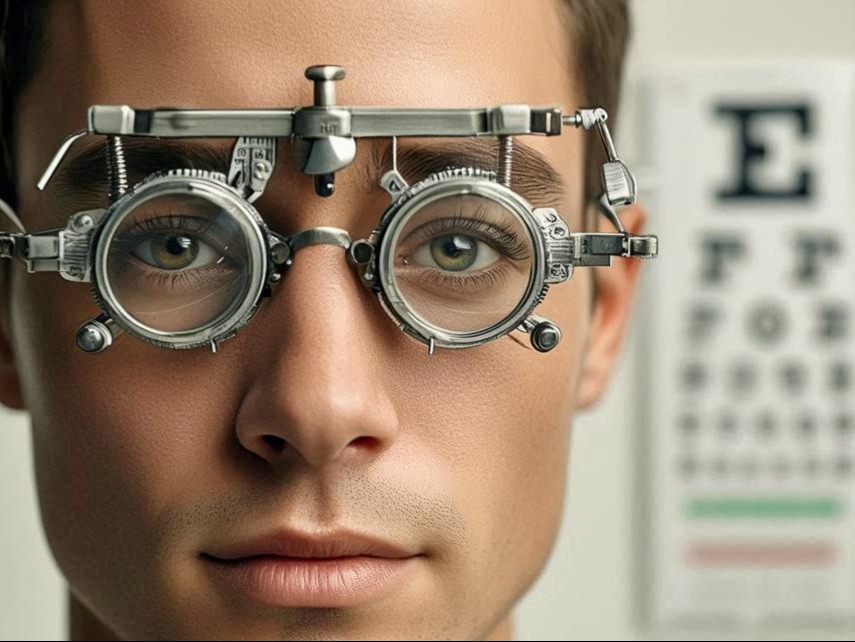The Differences Between Vision & Eyesight

Put simply, EYESIGHT refers to how clearly you can see. Eyesight relates to the physical attributes and performance of the many components involved in your visual system. Many people make the mistake of thinking that clear eyesight is an indication of good vision.
Commonly, 20/20 vision is quoted as a measure of normal vision. The problem is that this measure of 20/20 vision only describes the sensitivity of the eyes to see fine details in the distance. It does not guarantee that you have 20/20 vision at near for reading, or have the stamina for prolonged reading or near work or thoroughly understand what you are reading. This obviously affects your performance for reading and learning.
VISION is a thought process that comes from you actively interpreting and understanding the information made available to you through your eyes. Vision incorporates not only eyesight but also includes how your brain interprets what you see. Vision occurs in the brain, not the eyeballs. Vision involves the skills of visual analysis, visual memory, visualisation, peripheral vision awareness and visual motor integration.
Vision helps you to understand the “picture” that you receive from your eyeballs. It compares the “picture” to previous memories and experiences to help you make the information meaningful. For example, when looking at the word ‘CAT’, your eyesight sees the black squiggles and lines on the white page. For somebody who has not learnt English or reading, the squiggles and lines would not have meaning. However, your vision helps you to associate those squiggles and lines with the sound of the word and also a picture of a furry feline animal. Vision is a learnt process and can be trained through vision therapy.
